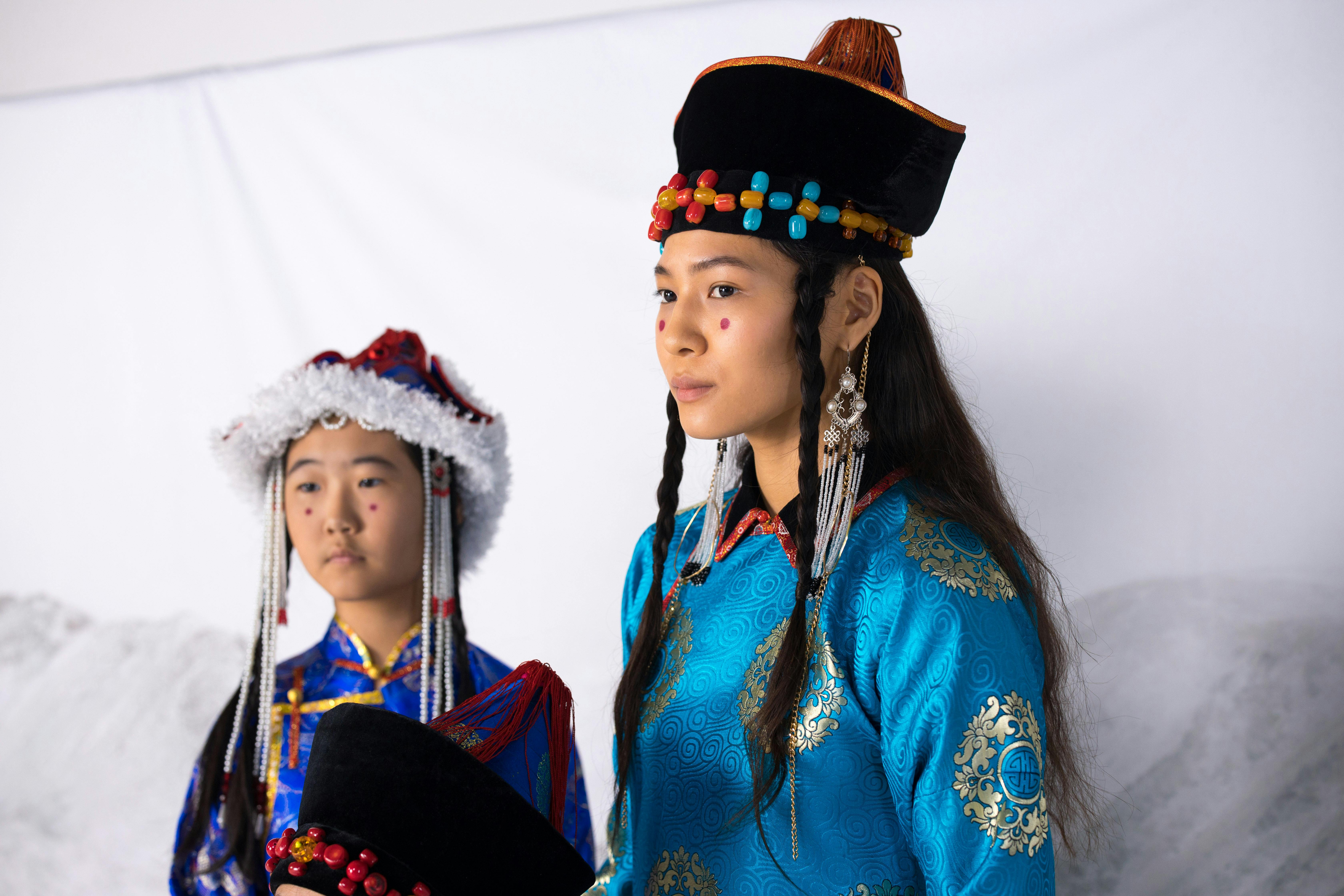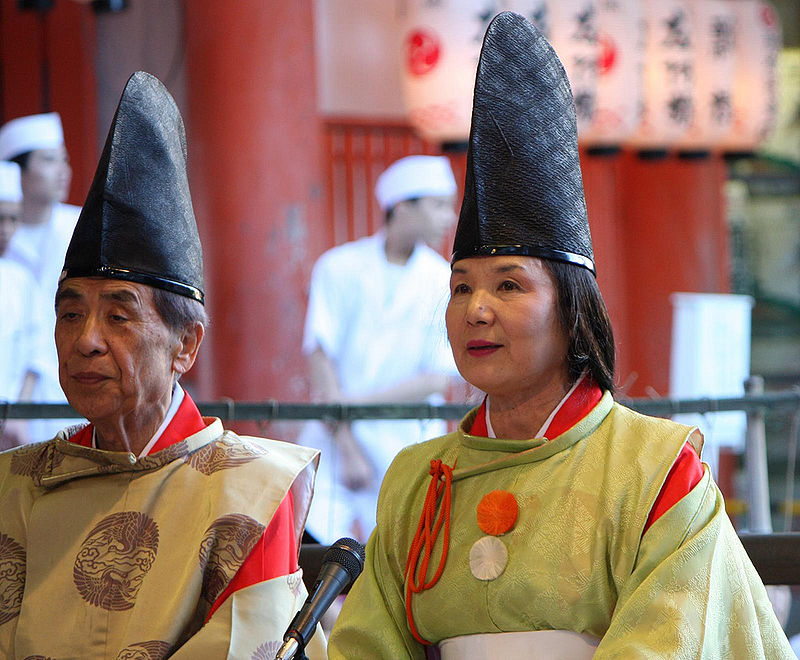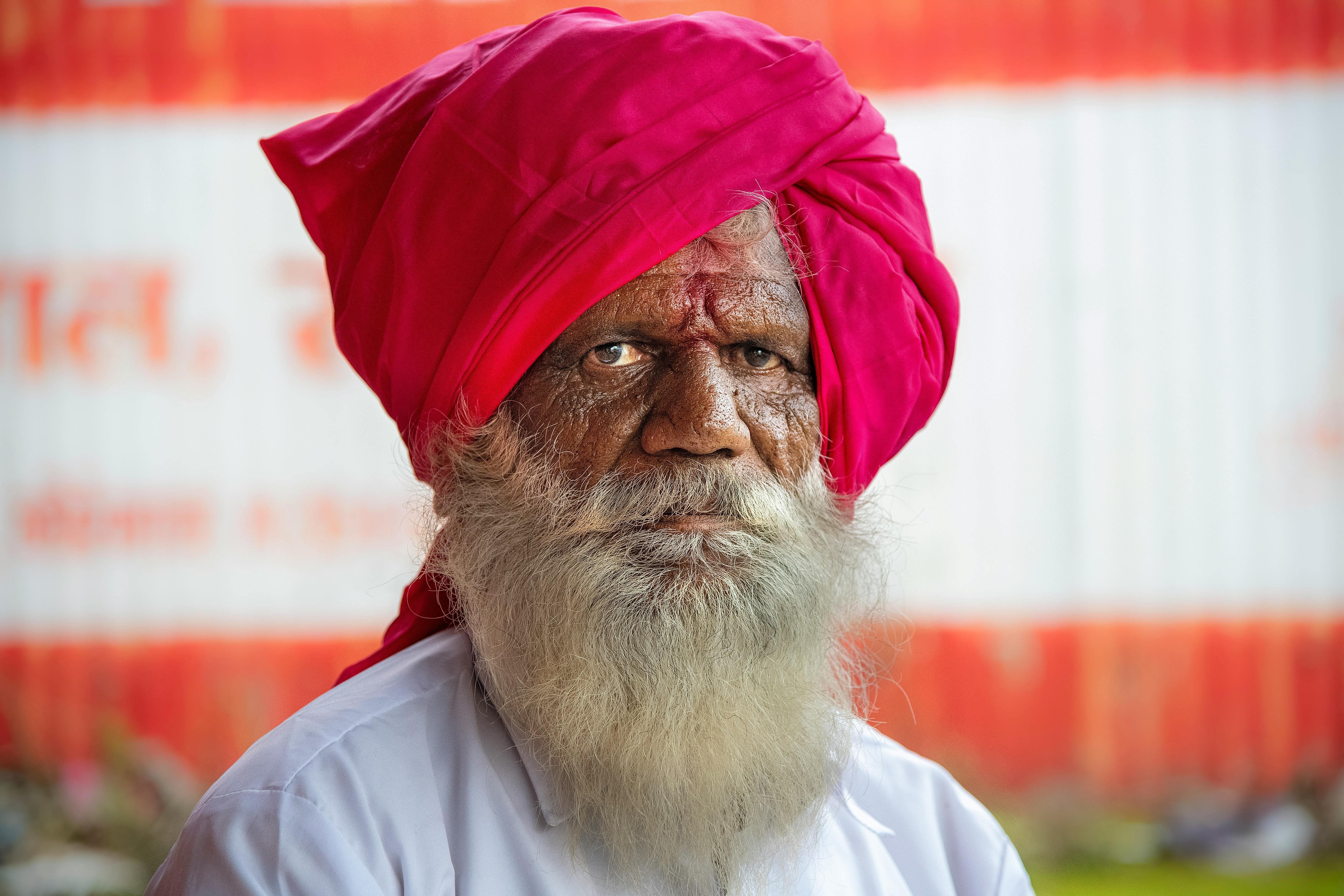Asia is a continent rich in cultural diversity, and this is often reflected in the traditional attire of its people. Among the most fascinating and symbolic elements of Asian clothing are the traditional hats, which vary widely in form, material, and meaning across different countries and regions.
These hats are not only practical, offering protection from sun and rain, but they also serve as markers of social status, ethnic identity, profession, and even spirituality. Several Asian countries are known for their unique and historically significant headwear, including Vietnam, China, Mongolia, Japan, and India.
Nón Lá, Viet Nam

One of the most iconic traditional hats in Asia is Vietnam's nón lá, a conical hat made from palm leaves and bamboo. The nón lá is deeply embedded in Vietnamese culture, symbolizing grace, hard work, and rural life.
It is commonly worn by farmers, street vendors, and women in traditional dress. Its design, lightweight and breathable, is perfectly suited to the country’s tropical climate. The hat also serves a symbolic purpose in Vietnamese literature and folklore, often associated with femininity and poetic beauty.
Despite the changes brought by modern fashion, the nón lá remains a beloved cultural symbol and is still used in daily life, particularly in the countryside.
Futou and Liangmaou, China

China's vast history and regional diversity have produced a wide array of traditional headgear. In imperial times, officials wore the futou, a black hat with wing-like flaps on each side, symbolizing authority and status within the bureaucracy of the Tang and Song dynasties.
Meanwhile, in southern China, particularly in rural areas and among fishing communities, the liangmao is a practical straw hat with a wide brim and sometimes a cloth curtain at the back for sun protection.
The liangmao is especially associated with the Hakka people and is an enduring image of labor and resilience. China's traditional hats often held meanings beyond function, distinguishing rank, ethnicity, or occupation.
Buriad Malgai and Other Traditional Hats, Mongolia

Mongolia, known for its nomadic heritage, has a range of traditional hats that reflect the harsh climate and the country's warrior history. The buriad malgai, a round fur hat worn by men and women of the Buryat ethnic group, is commonly used during winter.
Another distinctive form is the loovuz, a tall, conical hat often topped with a knot or ornament, which was traditionally worn by nobles and high-ranking individuals during the Mongol Empire. These hats are often richly decorated with fur, silk, and embroidery, signifying wealth and prestige.
Hat styles in Mongolia vary by tribe and are still worn during festivals like Naadam, symbolizing pride in heritage.
Kasa and Eboshi, Japan

Japan has several traditional hats, two of the most notable being the kasa and the eboshi. The kasa is a broad category that refers to various types of straw hats worn by farmers, travelers, monks, and performers. The sugegasa, often seen in Japanese countryside imagery, is a conical straw hat used for sun and rain protection.
Buddhist monks often wear the takuhatsugasa, a large, bowl-shaped straw hat that partly obscures the face, symbolizing humility. The eboshi, on the other hand, is a black, pointed hat historically worn by nobles and samurai during ceremonies in the Heian period. It became a key part of formal attire, representing rank and refinement in Japanese society.
Turban and Gandhi Cap, India

India’s traditional headwear is as diverse as its population, with different regions sporting distinctive styles. Perhaps the most recognizable is the turban, known locally as pagri, safa, or pag. The turban is worn by men in many parts of India, particularly in Rajasthan, Punjab, and among Sikh communities.
For Sikhs, the turban is a religious and cultural mandate, representing honor, spirituality, and equality. In Rajasthan, the color and style of a turban can indicate the wearer’s caste, region, or social status.
Another well-known Indian hat is the Gandhi cap, a white cotton cap popularized during the independence movement. It became a symbol of nationalism and is still worn by politicians as a mark of simplicity and service.



















